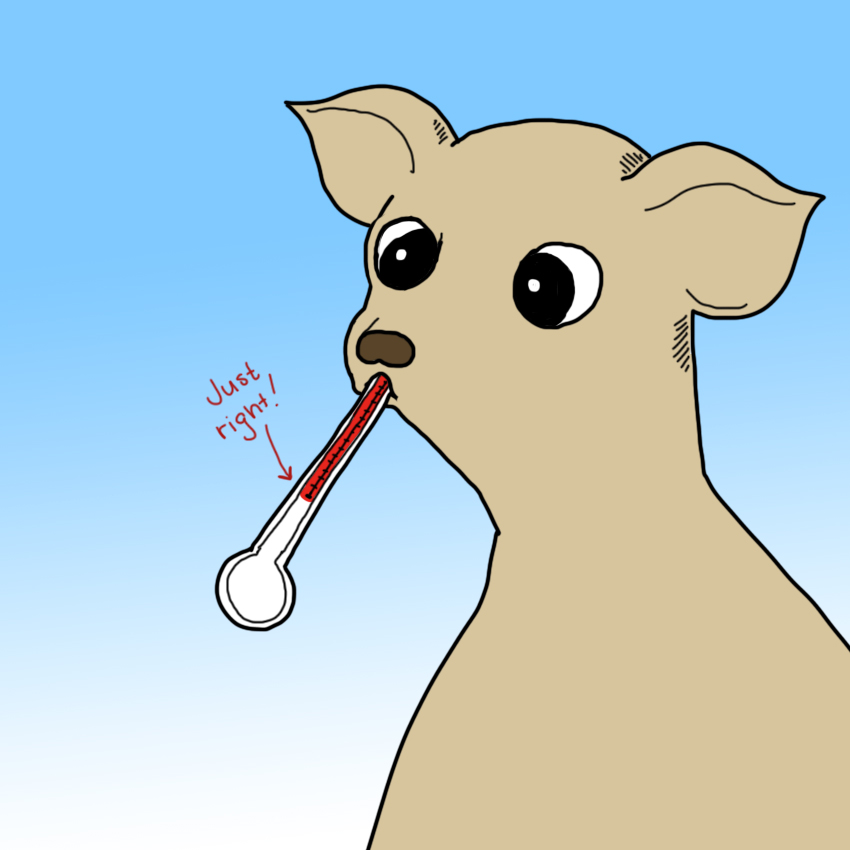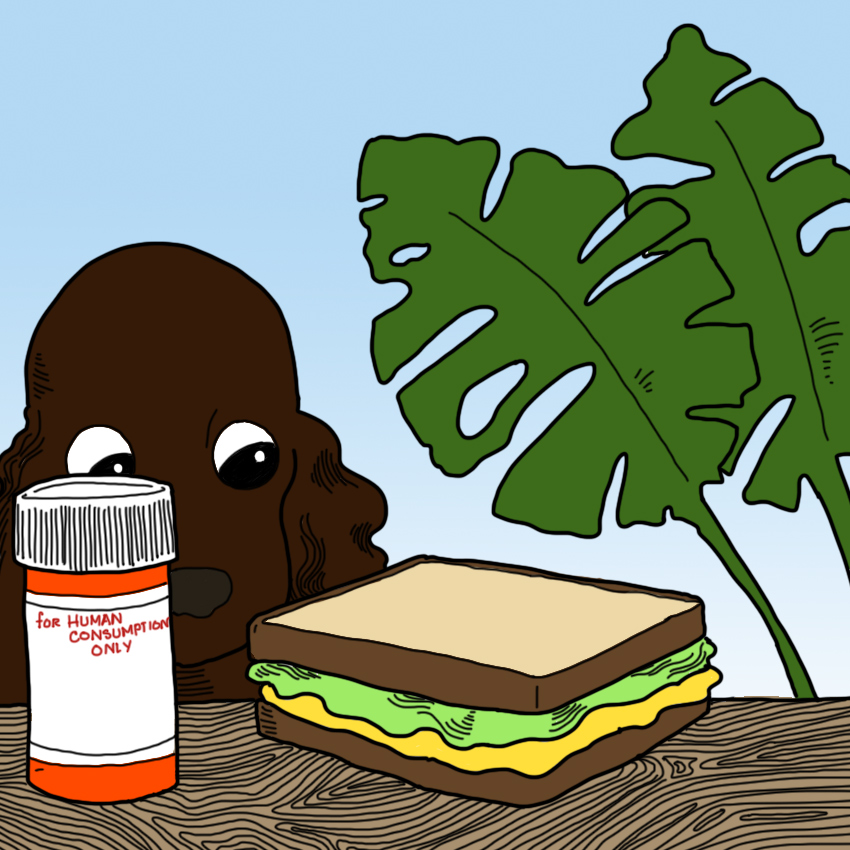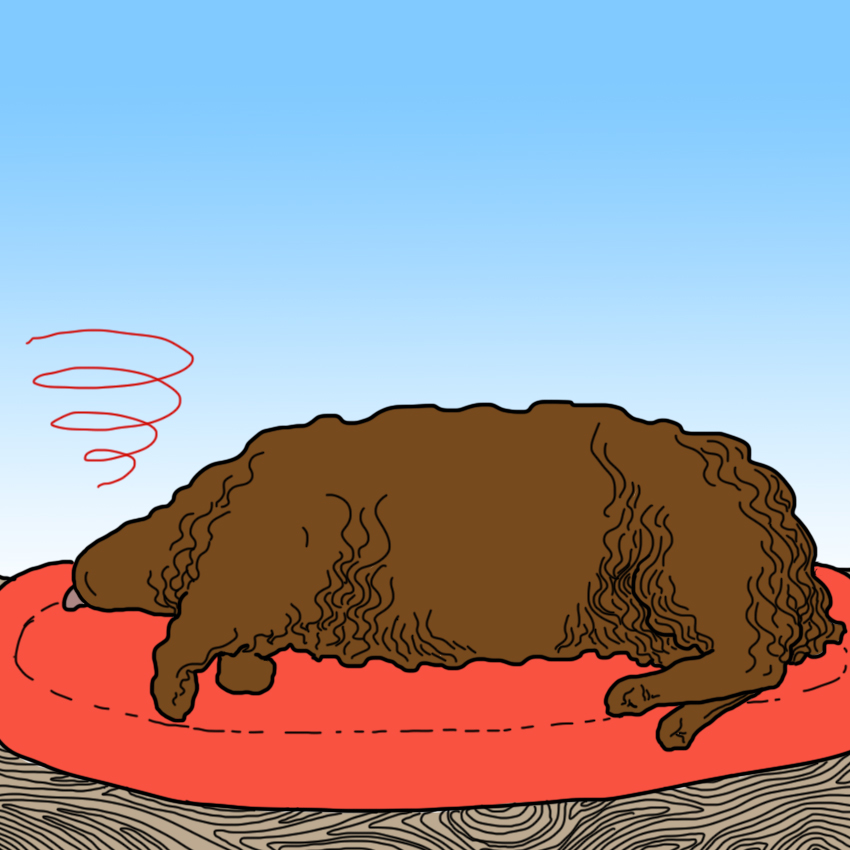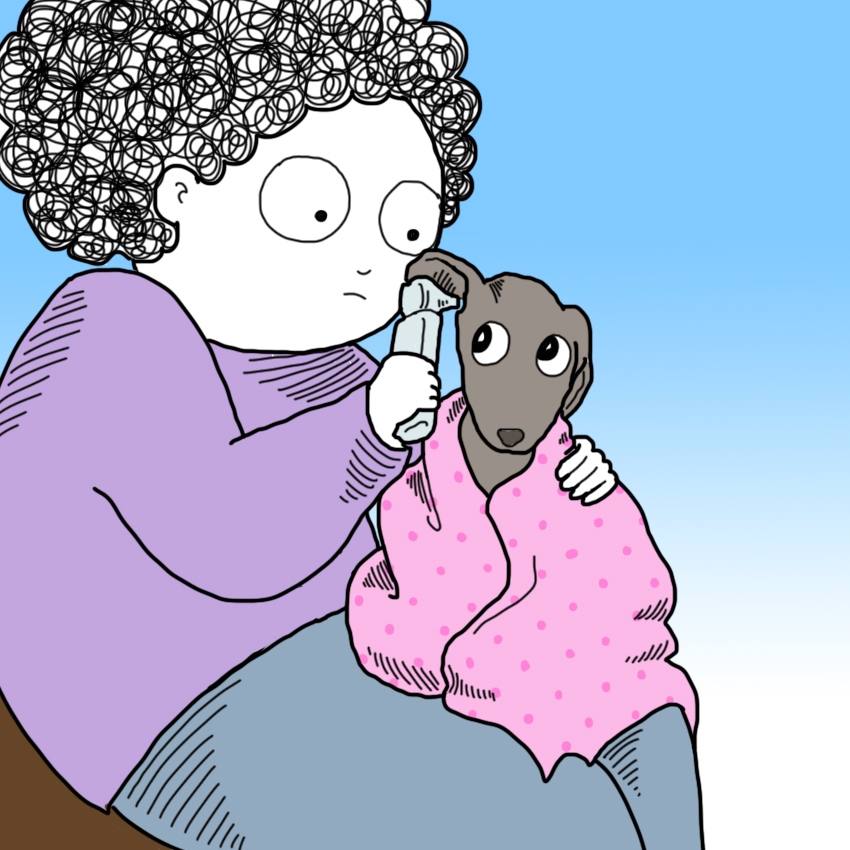
Having a dog can be one of the most rewarding things in the world. Even though pets can be little monsters sometimes, the unconditional love they have for their owners is absolutely amazing.
I didn't understand the connection people have to their dogs until I adopted one myself. Now I can't imagine my life without her!
One of the things all dog owners hate is seeing their fur babies get sick. They can't speak to you, so they can't explain what's wrong, which means you never know exactly when there's a problem.
Everyone wants to keep their pet safe from dangers, but like humans, sometimes they get sick.
Usually when dogs are feeling under the weather, it's pretty obvious. If your dog has a fever, though, the symptoms can be less noticeable.
Read below to learn more about the most common signs and symptoms of dog fevers.
Photos: Laura Caseley for LittleThings; Pexels / Pixabay
What's A Normal Dog Temperature?

Most humans have an average temperature of 97.6°F to 99.6°F. Dogs, on the other hand, tend to be much warmer (which may also be why we love cuddling them so much).
According to the American Kennel Club (AKC), the normal temperature range for dogs is between 99.5°F and 102.5°F.
A fever, medically referred to as pyrexia, occurs when temperature rises above the norm, so for dogs, this is over 103°F.
What Causes Doggy Fevers?

Dog fevers are often caused by inflammation or infection. Some of these causes include bacterial or viral diseases, infected cuts, urinary tract infections, organ infections, and infected or abscessed teeth.
Certain toxic materials can also cause fevers in dogs, like antifreeze, human medications, poisonous human foods, and toxic plants.
Signs Of Dog Fevers #1: Red Eyes

The AKC explains that one of the common signs of a dog fever is red eyes.
That said, red eyes can also be a symptom of other dog illnesses, like conjunctivitis, corneal ulcers, dry eye syndrome, and glaucoma, explains Banfield Pet Hospital.
#2: Lethargy

Like humans, many dogs who come down with fevers feel ridiculously tired and lethargic.
The AKC explains that feverish dogs may display an unusual lack of energy. This may also appear as weakness.
#3: Loss Of Appetite

According to PetMD, another common symptom of fever in dogs is decreased appetite.
Dogs typically love eating meals and treats, so if they seem to be avoiding food, make sure you pay attention.
#4: Warm Ears

Of course, when dogs have fevers, they often feel warm to the touch.
Just as we feel a human's forehead to check their temperature, we can check to see if a dog is unusually warm by feeling their ears.
#5: Shivering

A dog with a fever may start shivering, even though they aren't in a cold environment.
It's normal for a dog to shiver or tremble when they're outside in the cold, but if they're shivering for no apparent reason, it could be a symptom of a fever.
#6: Warm, Dry Nose

Many people know that one easy way to test for a fever in a dog is to see if their nose is warm and dry. This is a tried and true method.
Dogs' noses should be cold and wet, so if they're warm and dry it can be a sign that there's a fever brewing.
#7: Coughing

Hearing a dog coughing can be surprising and alarming.
If your dog is coughing for no reason (they don't have anything stuck in their throat), it might be a sign that they have a fever.
#8: Vomiting

Every dog vomits from time to time, but it usually happens when they've eaten something bad or scarfed too much food.
If your dog starts barfing for no apparent reason, they might have a fever.
When To Bring Your Dog To The Vet

If your dog displays the symptoms above, call your vet to make an appointment. If the fever gets too high (106°F or higher), your dog could suffer severe organ damage or even die. Make sure to pay attention whenever your dog starts having strange symptoms.
Please SHARE this article with your friends to spread awareness about dog fevers!




